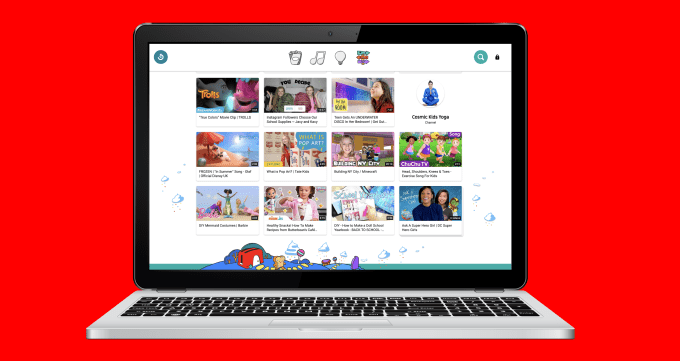News: Upscribe, raising $4M, wants to drive subscription-first DTC brand growth
Merchants use Upscribe’s technology to drive subscriber growth, reduce churn and enable personalized subscription experiences, like skipping shipments and swapping out products.
Upscribe founder and CEO Dileepan Siva watched the retail industry make a massive shift to subscription e-commerce for physical products over the past decade, and decided to get in it himself in 2019.
The Los Angeles-based company, developing subscription software for direct-to-consumer e-commerce merchants, is Siva’s fourth startup experience and first time as founder. He closed a $4 million seed round to go after two macro trends he is seeing: buying physical products, like consumer-packaged goods, on a recurring basis, and new industries offering subscriptions, like car and fashion companies.
Merchants use Upscribe’s technology to drive subscriber growth, reduce churn and enable their customers to personalize a subscription experience, like skipping shipments, swapping out products and changing the order frequency. Brands can also feature products for upsell purposes throughout the subscriber lifecycle, from checkout to post-purchase.
Upscribe also offers APIs for merchants to integrate tools like Klaviyo, Segment and Shopify — a new subscription offering for checkouts.
Uncork Capital led the seed round and was joined by Leaders Fund, The House Fund, Roach Capitals’ Fahd Ananta and Shippo CEO Laura Behrens Wu.
“As the market for D2C subscriptions booms, there is a need for subscription-first brands to grow and scale their businesses,” said Jeff Clavier, founder and managing partner of Uncork Capital, in a written statement. “We have spent a long time in the e-commerce space, working with D2C brands and companies who are solving common industry pain points, and Upscribe’s merchant-centric approach raised the bar for subscription services, addressing the friction in customer experiences and enabling merchants to engage subscribers and scale recurring revenue growth.”
Siva bootstrapped the company, but decided to go after venture capital dollars when Upscribe wanted to create a more merchant-centric approach, which required scaling with a bigger team. The “real gems are in the data layer and how to make the experience exceptional,” he added.
The company is growing 43% quarter over quarter and is close to profitable, with much of its business stemming from referrals, Siva said. It is already working with customers like Athletic Greens, Four Sigmatic and True Botanicals and across multiple verticals, including food and beverage, health and wellness, beauty and cosmetics and home care.
The new funding will be used to “capture the next wave of brands that are going to grow,” he added. Siva cites the growth will come as the DTC subscription market is forecasted to reach $478 billion by 2025, and 75% of those brands are expected to offer subscriptions in the next two years. As such, the majority of the funding will be used to bring on more employees, especially in the product, customer success and go-to-market functions.
Though there is competition in the space, many of those are focused on processing transactions, while Siva said Upscribe’s approach is customer relationships. The cost of acquiring new customers is going up, and subscription services will be the key to converting one-time buyers into loyal customers.
“It is really about customer relationships and the ongoing engagement between merchants and subscribers,” he added. “We are in a different world now. The first wave could play the Facebook game, advertising on social media with super low acquisition and scale. That is no longer the case anymore.”



